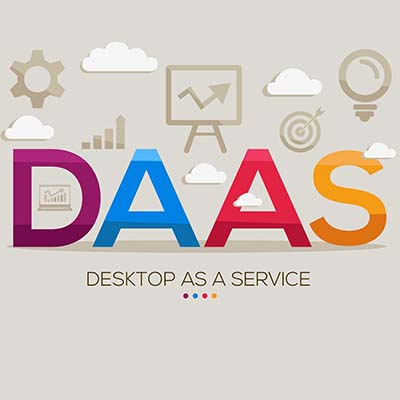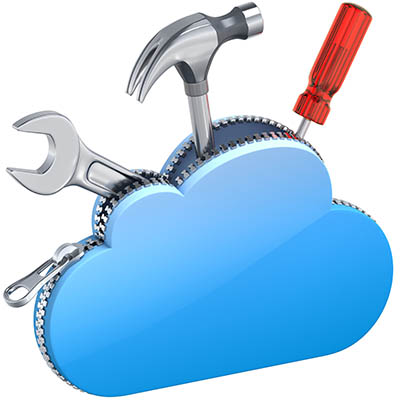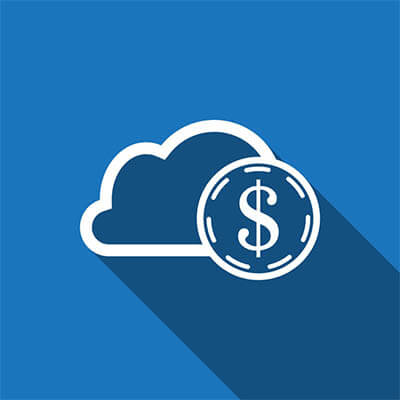Cloud computing has been a major topic of discussion in the business world, but many IT professionals have been skeptical of the practice over the years due to security concerns and issues with management. However, technology advancements have allowed businesses to implement cloud computing in previously unforeseen ways, leading to more convenient, flexible, and affordable solutions as a whole.
Your desktop infrastructure is one of the most important parts of your organization, and there are several ways to manage it. One way is through Desktop-as-a-Service, an option that can help you move away from the traditional workstation and embrace a new technology management philosophy. How might you get value out of this service? Let’s take a look at what makes DaaS so special.
If you have to rely on remote workers as a small business, you might fear what they represent to your operations: a lack of control, security challenges, and of course, productivity issues. However, in today’s remote workplace, it is important to acknowledge that remote workers played a critical role in saving countless organizations throughout the course of the pandemic.
For the past year, remote work has been basically the only option for some businesses. If the pandemic has proven anything, it is that all of our preconceived notions of remote work being impossible for certain industries and sectors are simply not true. Most businesses can leverage remote work in some capacity, so in a post-COVID world, it is your responsibility as a business owner to act on the many benefits that remote work can pose for organizations like yours.
The cloud has provided organizations with countless ways to innovate and improve operations, but for those who are just now jumping on this great opportunity, you might have some questions about how to get the most out of the cloud or how to even get started. Let’s discuss some of the major benefits of cloud computing, as well as why it’s critical to consider it in the years to come.
The cloud has proven to be an extremely useful tool for the modern business. Not only does it provide anywhere-anytime access to applications, processing, storage, et al; it also delivers those products as a service, allowing you to budget for recurring costs rather than major upfront ones. This provides your organization with functional, supported, and secure computing environments that eliminate a lot of the support costs that traditional computing environments require. It sounds like a perfect scenario for small and large businesses alike, but things aren’t always what they seem, as a lot of cloud users have found that they have incurred several hidden costs by using cloud platforms. Today, we take a look at these hidden costs.
Profitability is less the measure of being able to turn a profit, and more the measure of how much profit you can make. For the successful small business, the integration of technology can dictate what kind of annual margins you are looking at. For the new company, however, it can be something even more critical: the difference between setting a course for success, or wallowing in failure. Today we analyze the cost difference between hosting your IT in-house, or choosing to host it in the cloud.
Each business uses a certain amount of technology to get things done, but today, no technology is as important to businesses as the Internet. You’ve begun to see businesses of all sizes spending thousands of dollars a month on Software-as-a-Service platforms designed to get workers the tools they need without placing undue pressure on a company’s capital budget. Today, we will talk about another cloud-based platform that is growing rapidly: Infrastructure-as-a-Service.
- 1
- 2








